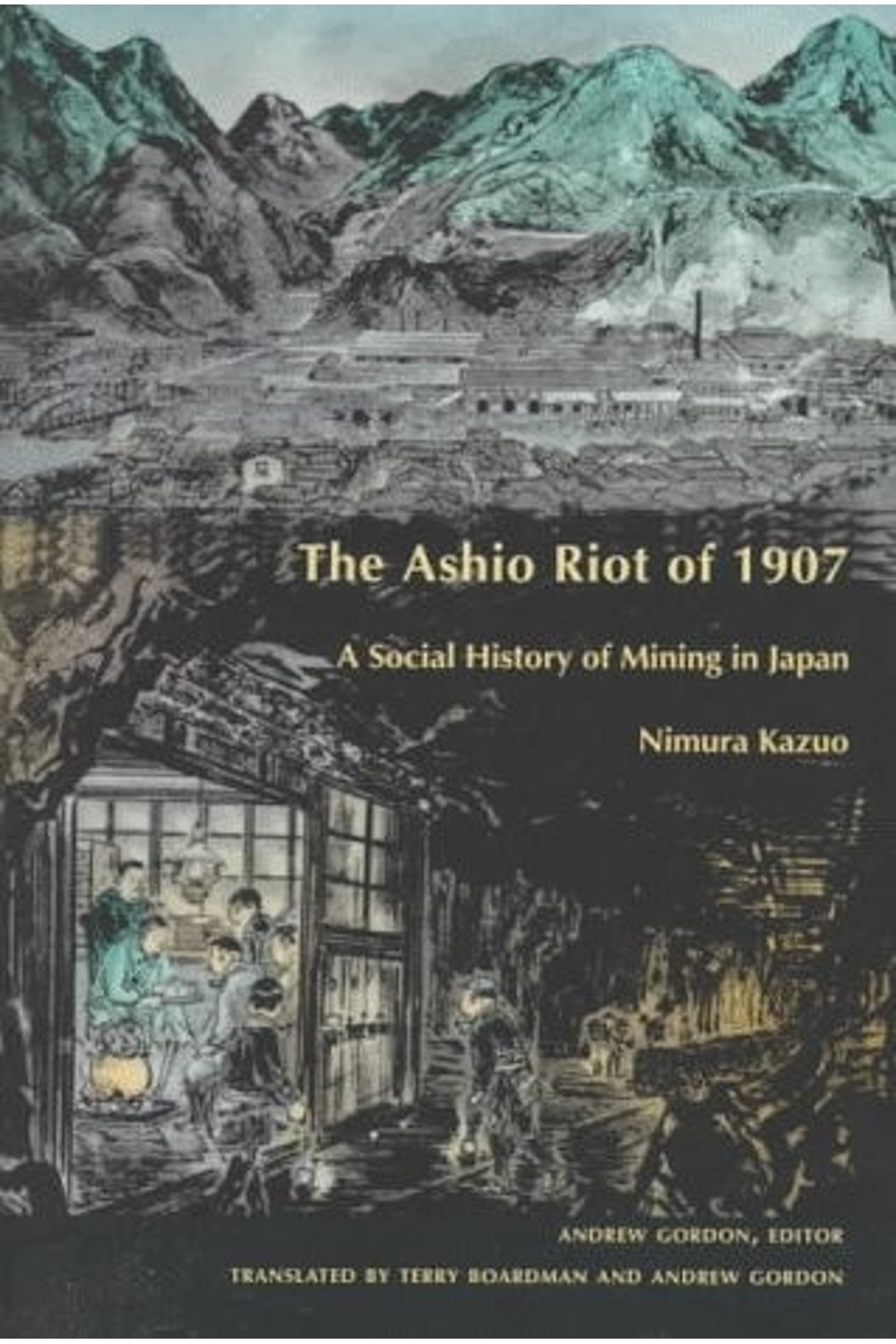Unearth the untold story of Japan’s first major labor upheaval with “The Ashio Riot of 1907” by Kazuo Nimura. This compelling social history dissects the explosive revolt at the Ashio Copper Mine, revealing the harsh realities faced by Japanese miners in the face of rapid industrialization. Beyond a mere recounting of events, Nimura’s prize-winning study challenges conventional interpretations of labor movements in early 20th-century Japan. Explore the socio-economic forces that fueled the riot, from exploitative labor practices to environmental devastation caused by the mine. This translated edition, featuring insightful commentary by Andrew Gordon, offers a unique window into a pivotal moment in Japanese history, shedding light on the struggles for workers’ rights and the human cost of progress. Discover why this book remains a vital resource for understanding Japanese labor history and the enduring quest for social justice. Perfect for students, researchers, and anyone interested in a deeper understanding of Japan’s industrial past.
The Ashio Riot of 1907: A Social History of Mining in Japan (Comparative and International Working-Class History)
16.44 $
In stock
In The Ashio Riot of 1907, Nimura Kazuo explains why the workers at the Ashio copper mineJapans largest mining concern and one of the largest such operations in the worldjoined together for three days of rioting against the Furukawa Company in February 1907. Exploring an event in labor history unprecedented in the Japan of that time, Nimura uses this riot as a launching point to analyze the social, economic, and political structure of early industrial Japan. As such, The Ashio Riot of 1907 functions as a powerful critique of Japanese scholarly approaches to labor economics and social history.
Arguing against the spontaneous resistance theory that has long dominated Japanese social history accounts, Nimura traces the laborers unrest prior to the riots as well as the development of the event itself. Drawing from such varied sources as governmental records, media reports, and secret legal documents relating to the riot, Nimura discusses the active role of the metal mining workers trade organization and the stance taken by mine labor bosses. He examines how technological development transformed labor-management relations and details the common characteristics of the laborers who were involved in the riot movement. In the course of this historical analysis, Nimura takes on some of the most influential critical perspectives on Japanese social and labor history. This translation of Nimuras prize-winning studyoriginally published in Japancontains a preface by Andrew Gordon and an introduction and prologue written especially for this edition.
| Authors | |
|---|---|
| Binding | |
| Condition | |
| ISBN-10 | 0822320185 |
| ISBN-13 | 9780822320180 |
| Language | |
| Pages | 296 |
| Publisher | |
| Year published | |
| Weight | 517 |
| Edition | Illustrated |
| Dewey decimal | 322.4/4/0952132 |
- Additional information
- Currencies
- USD – United States dollar
- EUR – Euro
- GBP – Pound sterling
- CNY – Chinese yuan
- BRL – Brazilian real
- MXN – Mexican peso
- JPY – Japanese yen
- PHP – Philippine peso
- THB – Thai baht
- PLN – Polish złoty
- CAD – Canadian dollar
- MYR – Malaysian ringgit
- AUD – Australian dollar
- TWD – New Taiwan dollar
- CZK – Czech koruna
- SEK – Swedish krona
- HUF – Hungarian forint
- ILS – Israeli new shekel
- CHF – Swiss franc
- HKD – Hong Kong dollar
- DKK – Danish krone
- SGD – Singapore dollar
- NOK – Norwegian krone
- NZD – New Zealand dollar

